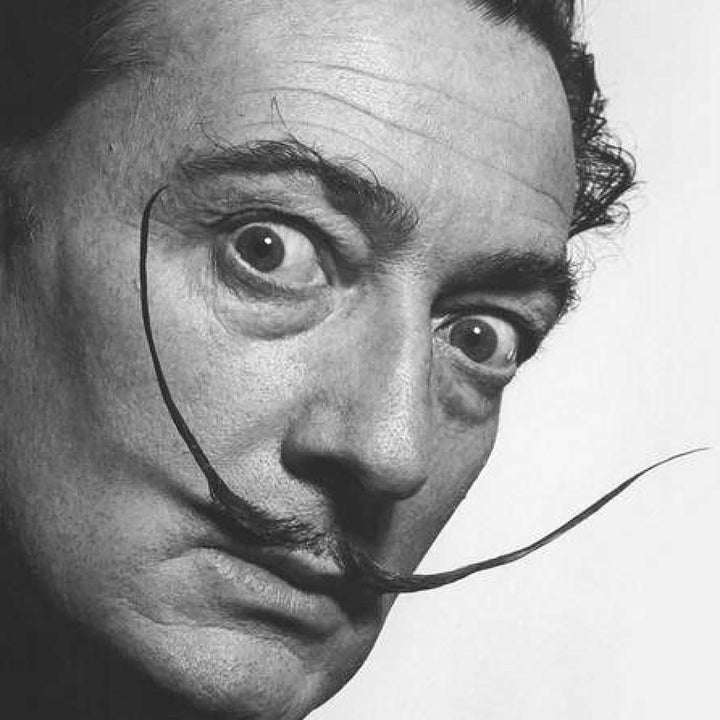
Salvador Dali was a Spanish surrealist artist who was known for his eccentric personality and his bizarre art. His moustache was one of his most famous features, and it became a symbol of his unique vision.
Dali began growing his moustache in the early 1940s, and he quickly became known for it. He often used his moustache as a prop in his performances and in his art. For example, he once appeared in a public lecture with his moustache on fire. He also used his moustache as a way to express his artistic ideas.
Dali's moustache was insured for $1 million, and he was very protective of it. He once said that he would never shave it off, even if he was offered a million dollars.
Dali's moustache became an iconic part of his image, and it helped to make him one of the most recognisable artists of the 20th century.
The Meaning of Dali's Moustache
Dali's moustache was more than just a fashion statement, it was a symbol of his unique vision and his artistic genius. The two upward-curling points of his moustache were said to represent the horns of a rhinoceros, which is a symbol of the subconscious. Dali believed that the subconscious was a powerful source of creativity, and he often used his art to explore the hidden depths of the human mind.
Dali's moustache was also a symbol of his eccentric personality. He was a flamboyant and attention-seeking figure, and his moustache was one of the ways that he used to express his individuality. Dali's moustache was a work of art in itself, and it helped to make him one of the most memorable and iconic figures of the 20th century.
The Legacy of Dali's Moustache
Dali's moustache is still remembered today as a symbol of his unique vision and his artistic genius. It is a reminder that art can be used to express the subconscious, and that creativity can be found in the most unexpected places.
Keen to read more interesting art tales?
Join our mailing list and be the first to read about mysteries, scandals and unbelievable stories from the art world.

